Optimal Timing for Arbor Stainings
Understanding the optimal time for arbor stainings is crucial for achieving long-lasting results and preserving tree health. Proper timing ensures that stainings are effective in protecting wood surfaces from weathering, pests, and decay.
Spring offers moderate temperatures and increased moisture, making it suitable for stain absorption and curing.
Summer provides warm weather, but high temperatures and direct sunlight can affect stain application and drying times.
Fall's cooler temperatures and lower humidity levels create ideal conditions for stain penetration and long-term durability.
Winter is generally not recommended due to cold temperatures and potential moisture issues that hinder proper curing.
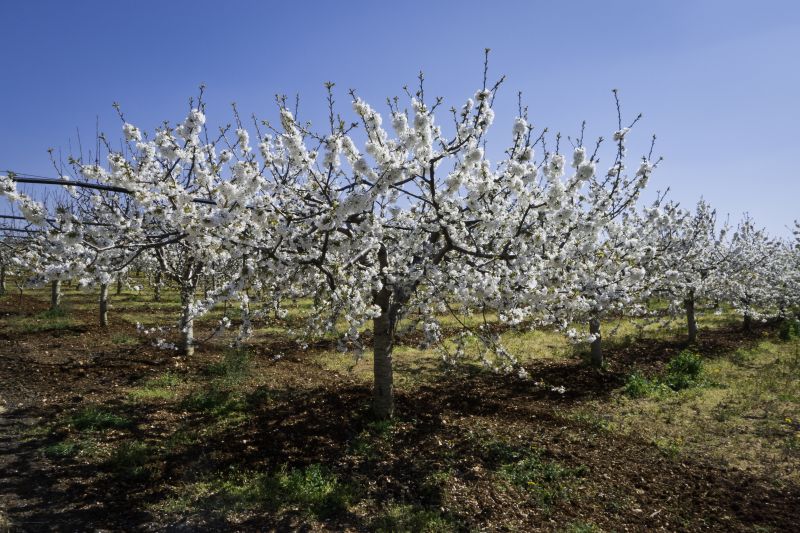
Springtime provides optimal conditions for stain absorption.

Summer's warmth can accelerate drying but requires careful timing.
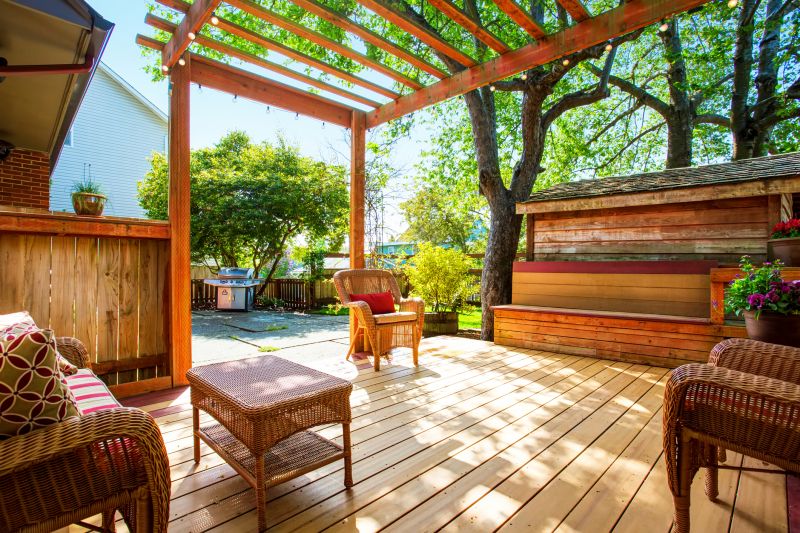
Fall offers ideal weather for durable stain application.
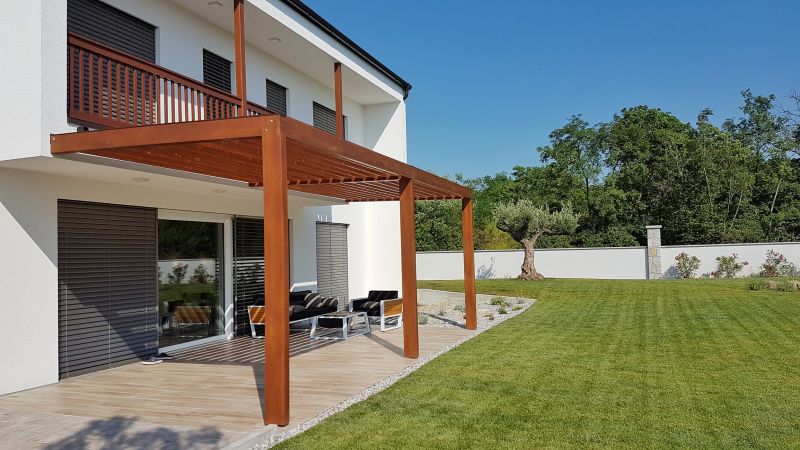
Ways to make Arbor Stainings work in tight or awkward layouts.
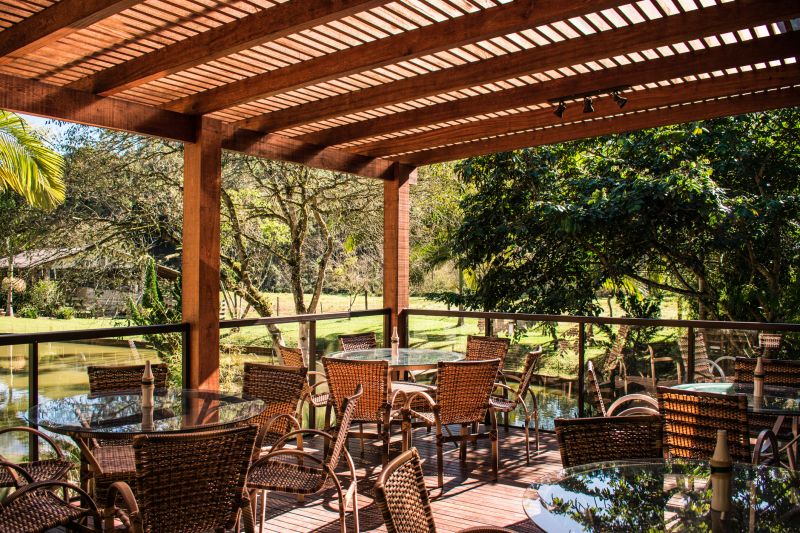
Popular materials for Arbor Stainings and why they hold up over time.
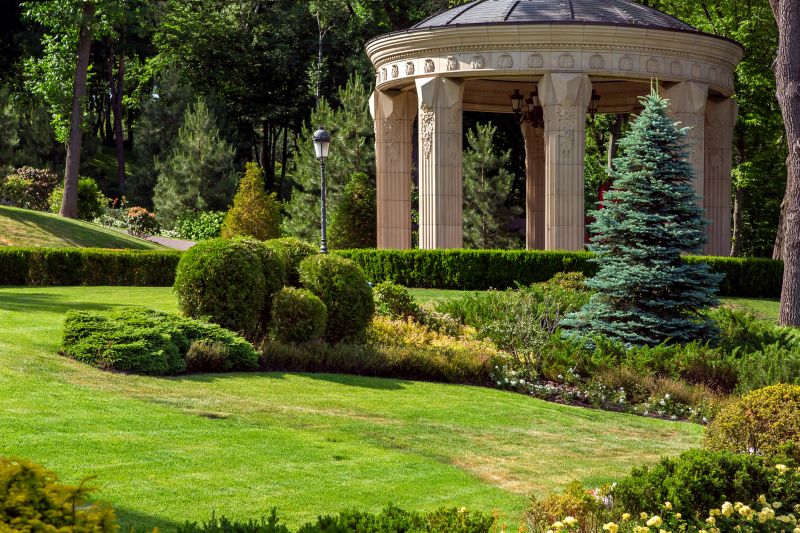
Simple add-ons that improve Arbor Stainings without blowing the budget.
Arbor stainings involve applying protective finishes to trees and wooden structures to enhance their appearance and extend their lifespan. Proper timing ensures the stain penetrates effectively, providing resistance against weathering and pests. The choice of season depends on local climate conditions, but generally, late spring to early fall is preferred for most regions.
| Season | Recommended Conditions |
|---|---|
| Spring | Moderate temperatures, increased moisture, ideal for stain absorption |
| Summer | Warm temperatures, avoid peak heat hours to prevent quick drying |
| Fall | Cooler temperatures, low humidity, optimal for long-term durability |
| Winter | Cold temperatures, not recommended due to curing issues |

Spring provides favorable conditions for applying arbor stainings.

Proper timing during summer avoids high heat stress on stains.

Fall's weather supports durable and long-lasting stainings.
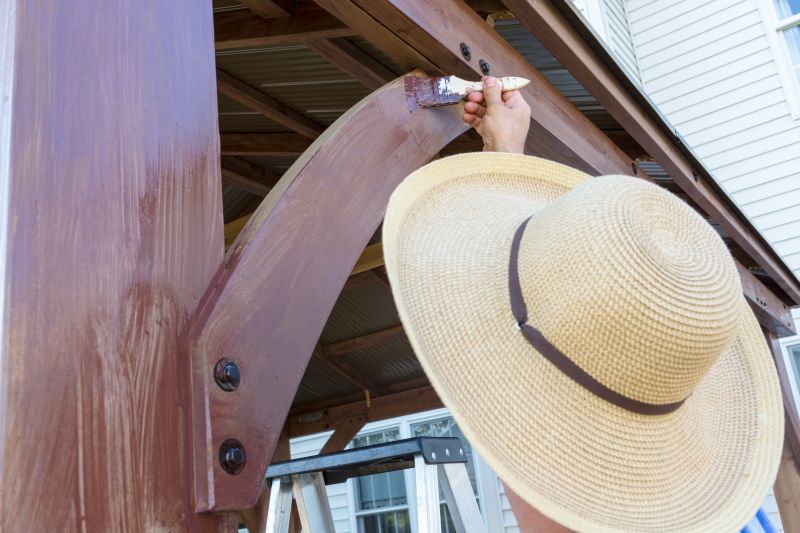
Winter's cold and moisture can prevent proper curing of stains.
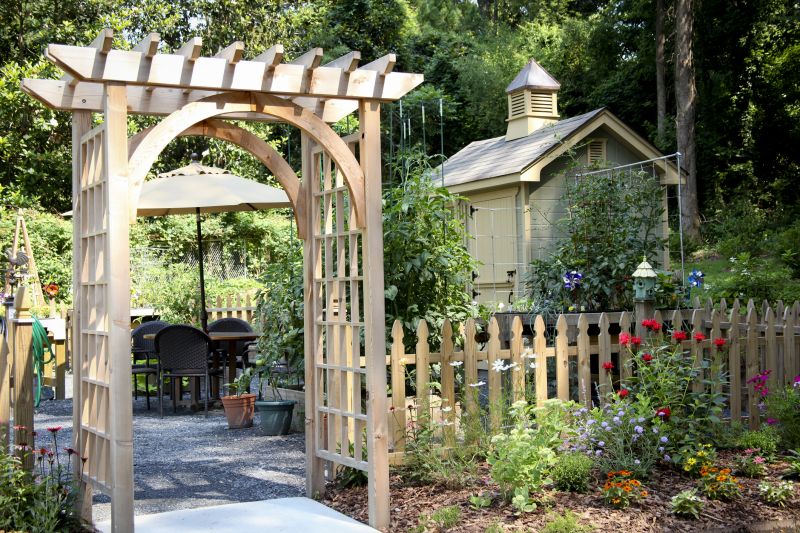
High-end options that actually feel worth it for Arbor Stainings.

Finishes and colors that play nicely with Arbor Stainings.

Little measurements that prevent headaches on Arbor Stainings day.
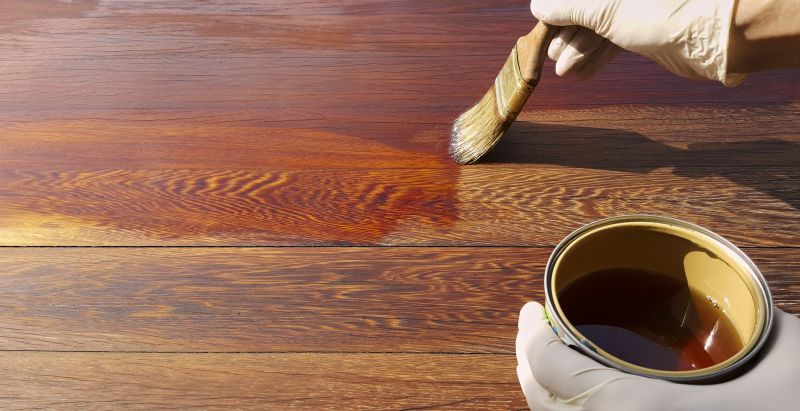
A 60-second routine that keeps Arbor Stainings looking new.
For those interested in arbor stainings, it is advisable to plan applications during seasons with stable weather conditions. Proper timing not only enhances the effectiveness of the stain but also minimizes the need for reapplication. Consulting local climate patterns can help determine the most suitable period for staining projects.

Properly stained trees show improved resilience.

Application techniques vary based on season and wood type.

A well-maintained stain enhances both appearance and protection.
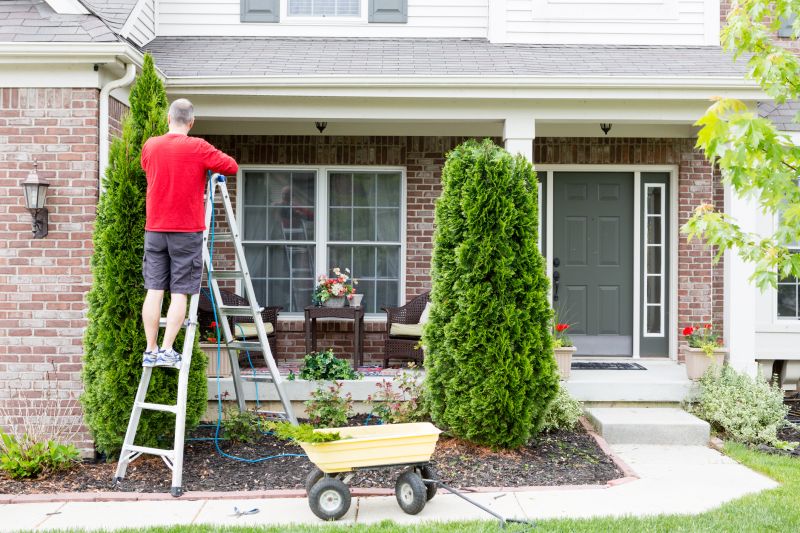
A frequent mistake in Arbor Stainings and how to dodge it.
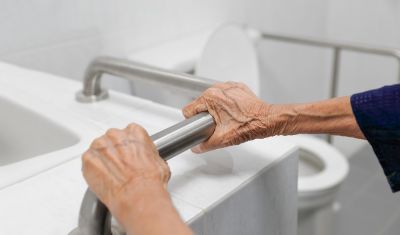
Small tweaks to make Arbor Stainings safer and easier to use.
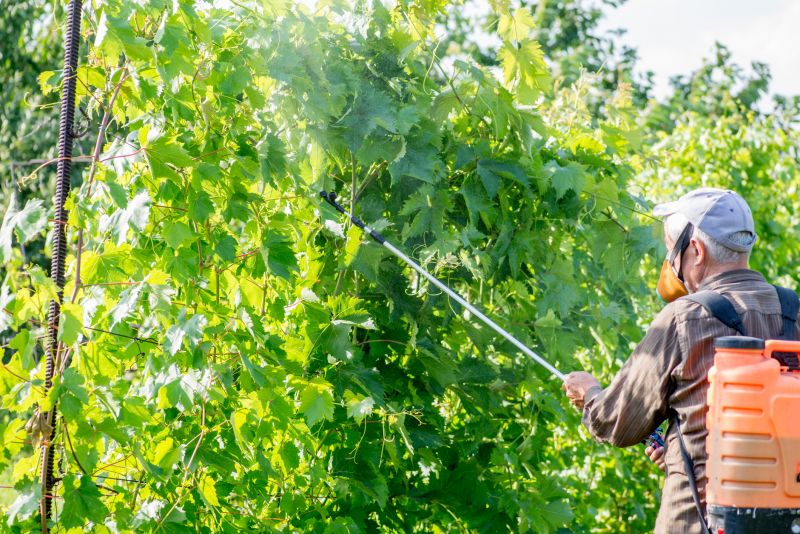
Lower-waste or water-saving choices for Arbor Stainings.
Interested in arbor stainings? Filling out the contact form can provide additional guidance tailored to specific trees and local conditions. Proper timing and application techniques contribute to the longevity and effectiveness of stainings, ensuring trees remain healthy and visually appealing.
